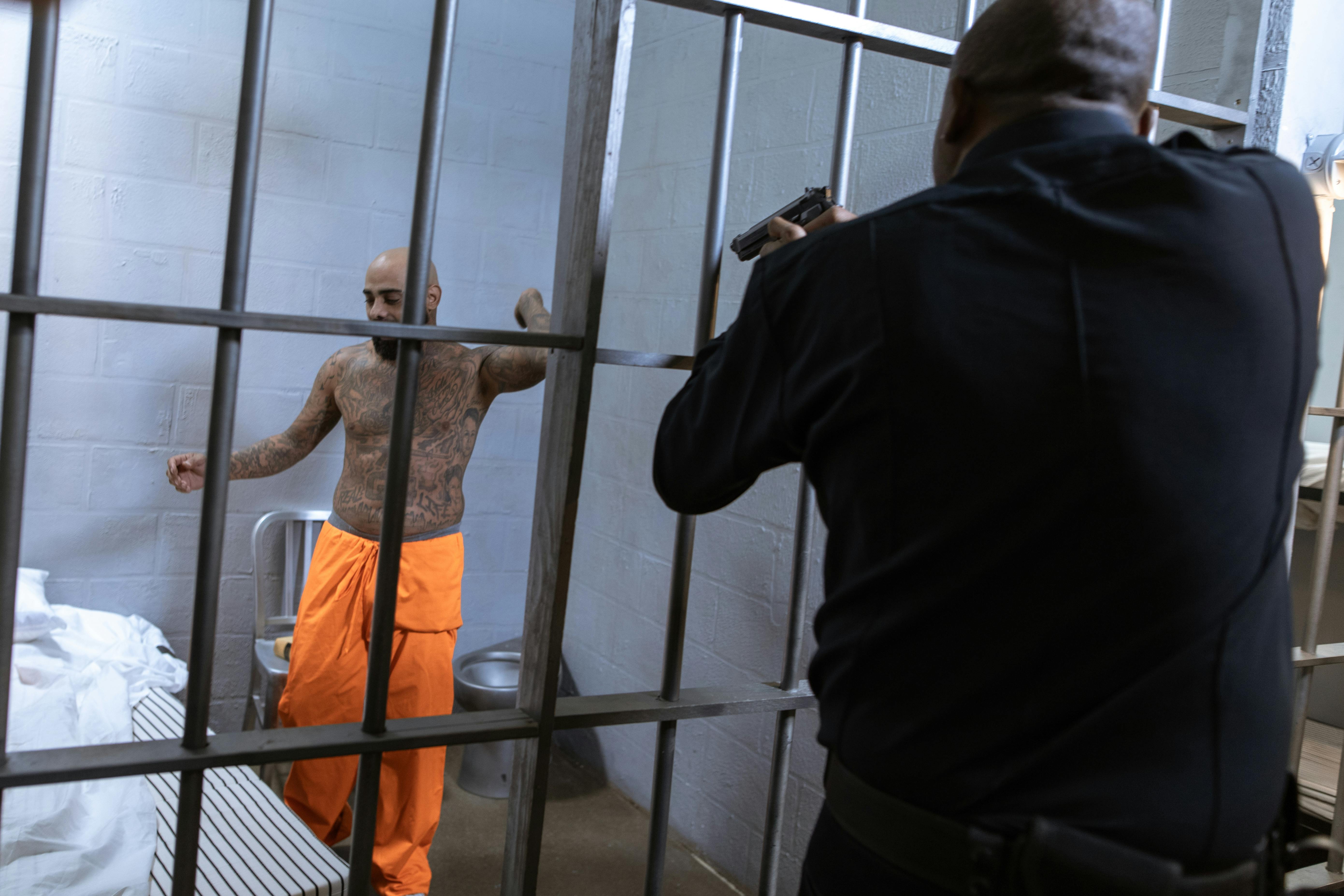Anti-colonial struggle in Kenya and India
Anti-colonial fighters include people who were against colonial rule in Kenya and India. They organized themselves into groups that led the rebellion against the colonialists and waged guerrilla warfare against the colonizers.
The groups resisted the arrival of the colonizer and fought for self-independence and social injustices from the colonizers and a group like Irua ria Atumia among the Kikuyu community groups that resisted British rule.
Other groups that resisted colonial rule included the Mau Mau. The Mau Mau Rebellion waged resistance to British rule in Kenya and their efforts led to independence in Kenya.
Icons of Kenya and India who resisted colonialism include Deaden Kimathi Waciuri, who was born on October 31, 1920 and died on February 18, 1957. He was a Kenyan rebel leader who fought against British colonization.
Others include Gopal Singh Chandan (1898-12969), Ramogi Achieng Oneko (1920-2007), Bildad Kagia, Kungu Karumba, Fred Kubai, and Paul Ngei (October 18, 1923-August 15, 2004).
Others were Pio Gama Pinto (March 31, 1927-February 25, 1965), Jaramogi Oginga Odinga (1911-1994) and Jomo Kenyetta (1849-1978) as the first president of the Republic of Kenya were among the icons of the struggle anti-colonial fighters in Kenya.
The British rulers also colonized the Indians, and the Indians opposed British rule. Anti-colonial groups in India resisted British rule by organizing civil disobedience and negotiations. Gandhi was the negotiator between the British and the Indian people.
Among the Indian icons who led the anti-colonial struggle are Mohandas Karamchand Gandhi, known to the world as Mahatma Gandhi (October 2, 1869 – January 30, 1948), considered by his compatriots as the father of the nation, Jawaharlal Nehru (November 14, 1889). – May 27, 1964) played an important role in the liberation of the Indians from British colonialism to independence.
